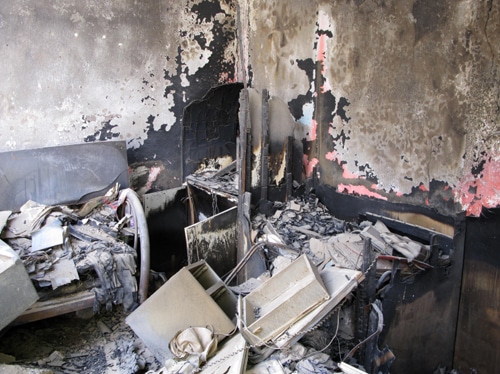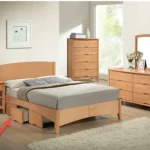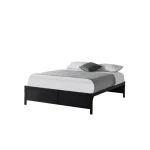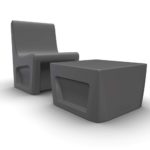Furniture Standards on Flammability.

What the Heck is CAL. 117 & CAL. 133 Anyway?
Explaining Flammability Standards in Upholstered Furniture.
California’s CAL. 117 and CAL. 133 are significant legislation regarding the flammability standards of upholstered furniture, reflecting a broader concern for safety and fire prevention in everyday environments, especially in public and commercial spaces.
117: Focus on Components
- Enacted in 1975, It marked a proactive step towards improving fire safety in furniture design.
- Scope: This regulation focuses on the flammability of the interior filling materials (like foam) and the fabrics used in upholstered furniture.
- Impact: It influenced the furniture industry’s choice of materials and construction techniques, leading to the use of more fire-resistant fabrics and fillings.
- National Influence: Although a California legislation, its standards have been widely adopted, influencing national trends in furniture manufacturing and safety.
133: A Comprehensive Approach
- Enacted in 1992: As an extension to CAL. 117, it took a more holistic approach to furniture safety.
- Testing the Entire Furniture: Unlike CAL. 117, CAL. 133 tests the flammability of the whole piece of furniture, not just its components. This means assessing how the entire piece behaves in a fire scenario.
- Public Safety Focus: CAL. 133 is crucial for furniture used in public spaces like hotels, schools, and hospitals, where fire safety is paramount.
- Design Implications: To meet these stringent standards, manufacturers had to consider not just the materials but also the construction and design of furniture.
Broader Context and Implications
- Fire Safety Standards Evolution: These regulations are part of a more significant trend toward enhancing fire safety in everyday products and environments.
- Global Impact: While originating in California, these standards have influenced international manufacturers and regulatory bodies, setting a benchmark for furniture safety worldwide.
- Environmental and Health Concerns: The move towards fire-resistant materials has also sparked a discussion about the ecological and health impacts of certain fire retardants used in furniture.
- Future Developments: Continuous advancements in materials science and a growing emphasis on sustainability will likely influence the evolution of these standards.
- Regulatory Compliance: For manufacturers and importers, compliance with these standards is crucial for market access, particularly in the U.S., but increasingly in other markets as well.
In essence, CAL. 117 and CAL. 133 represent essential milestones in the journey towards safer, more fire-resistant furniture. They highlight the role of regulation in public safety and illustrate how industry standards can evolve and influence global practices.
Get The Upholstered Seating CatalogueIn the contract furniture industry, CAL. 117 and CAL. 133 standards are widely understood. A piece of furniture offered from a contract manufacturer or distributor typically discloses CAL legislation compliance up front to make complying with your specific requirements easy. While many states and municipalities have adopted these standards, specific compliance requirements vary. To find out exactly what is required for your facility, refer to your local Fire Martial. Most facility managers are well-versed on the topic and will be able to direct you further should you have questions.
Topics: Flammability Standards, Fabric/Upholstered Furniture for Contract, CAL 133

















